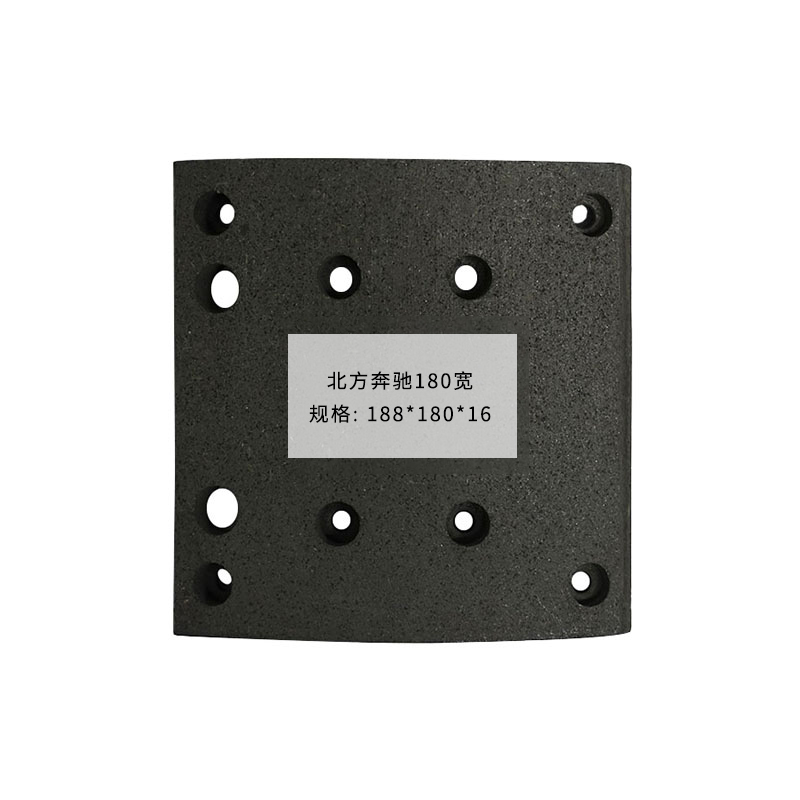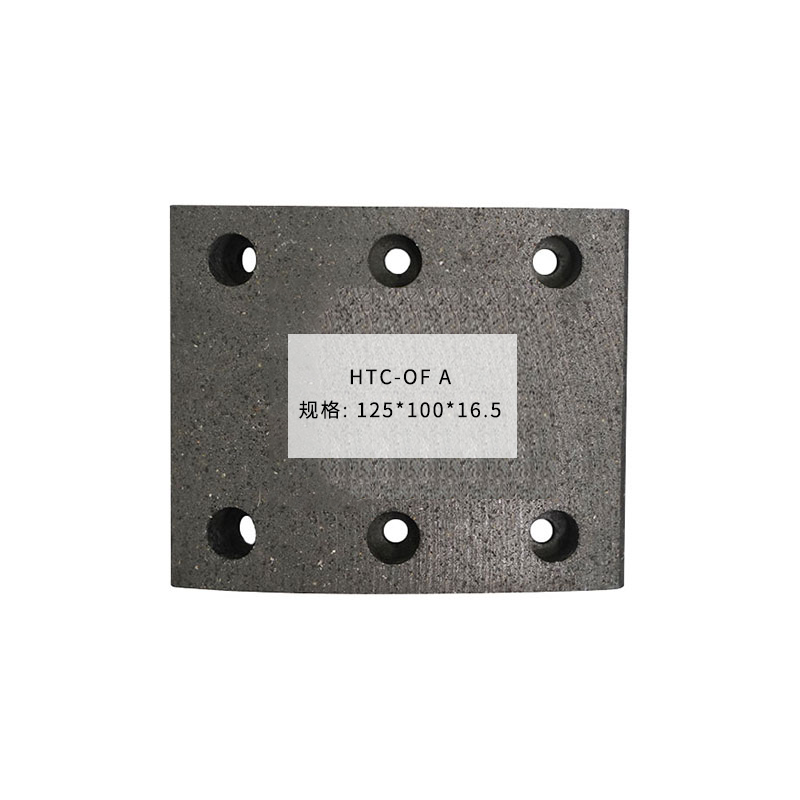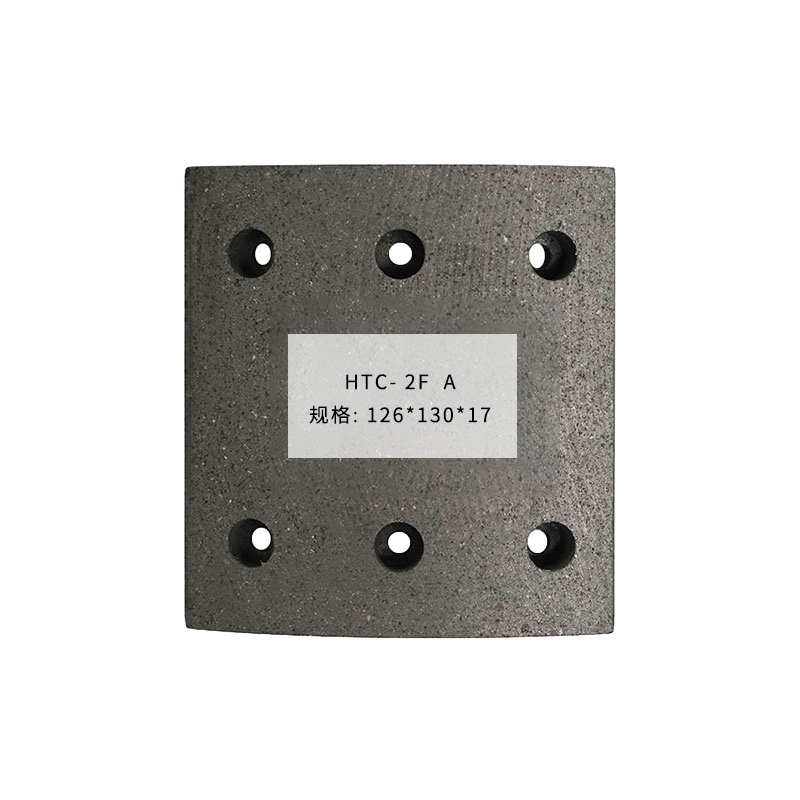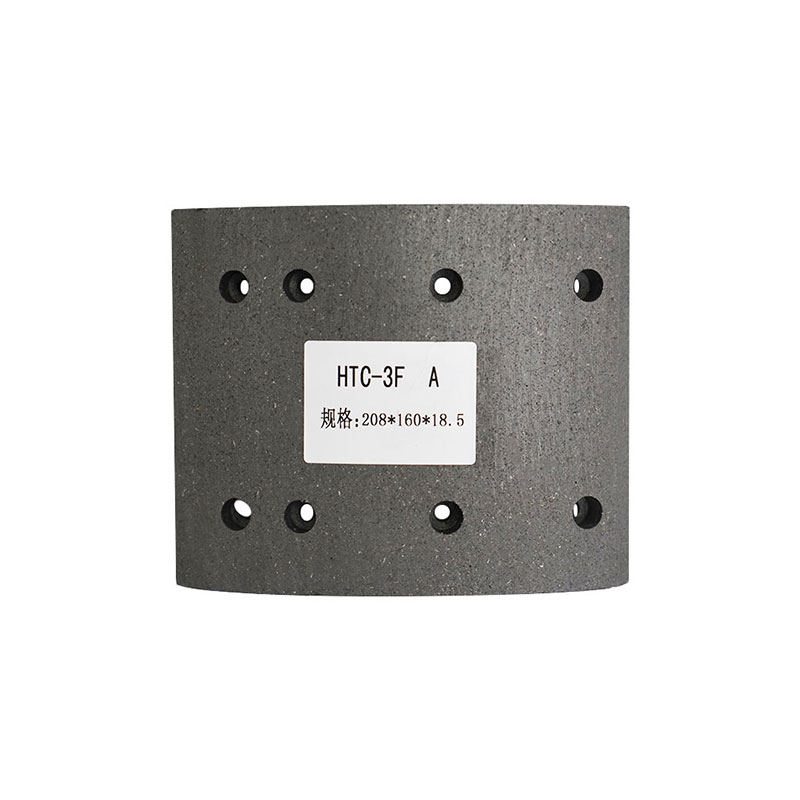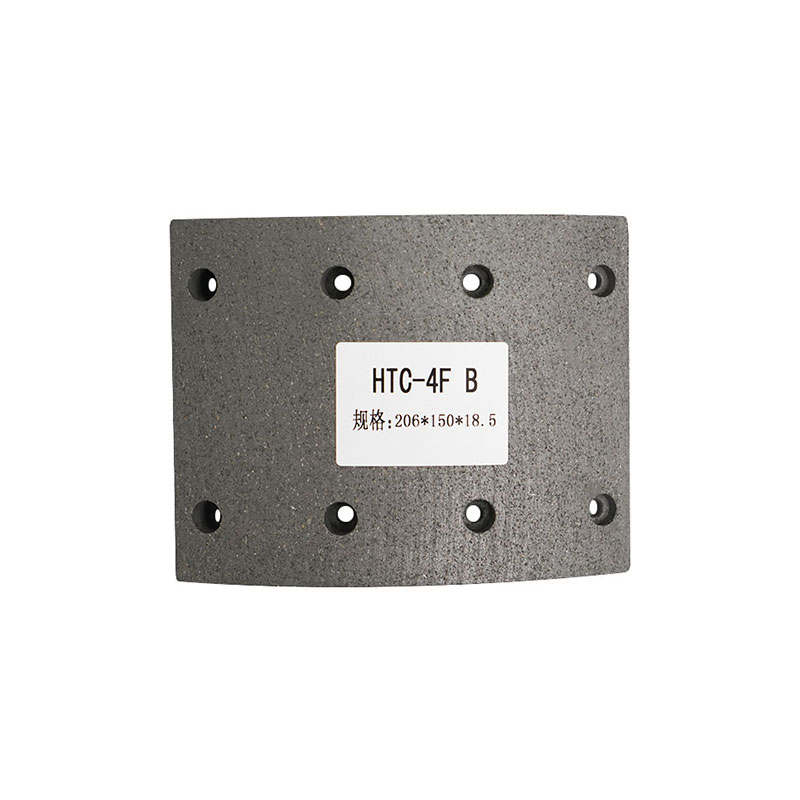Brake linings, also known as brake shoes or friction material, are a critical component of your vehicle's braking system. They are the consumable part that creates the friction needed to slow down and stop your car. Naturally, they wear down over time, but how long can you expect them to last? The answer isn't simple, as several factors influence their lifespan.
Key Factors Affecting Lifespan
The longevity of your brake linings is not a one-size-fits-all metric. It's determined by a combination of your driving habits, the type of vehicle you drive, and the quality of the brake components.
1. Driving Habits: This is arguably the most significant factor.
-
Aggressive Driving: Frequent hard braking, sudden stops, and rapid acceleration-and-deceleration cycles will dramatically reduce the life of your brake friction material. Drivers who brake late and hard will see their linings wear out much faster than those who anticipate traffic and slow down gradually.
-
City vs. Highway Driving: Urban driving, with its stop-and-go traffic, requires constant braking. This high frequency of use puts more stress on the brake pads and linings, leading to quicker wear. In contrast, highway driving, which involves more sustained speeds and less braking, is much easier on the braking system.
2. Vehicle Type and Weight: Heavier vehicles, such as trucks and SUVs, require more force to stop. This increased demand on the braking system means the brake shoes will wear down more quickly compared to those on a lighter compact car. Similarly, a vehicle that often carries heavy loads will experience accelerated wear on its brake linings.
3. Material Quality: Not all brake linings are created equal. The material they're made from plays a crucial role in their durability and performance.
-
Organic Non-Asbestos Materials (NAO): These are softer, quieter, and produce less dust. They are easy on the brake rotors but wear out faster. They are a good choice for everyday drivers.
-
Semi-Metallic: Made from a mix of metals and other compounds, these are more durable and provide better braking performance, especially under high heat. However, they can be noisier and may cause more wear on the brake rotors.
-
Ceramic: These offer a great balance of durability, low noise, and minimal dust. They are known for their long life and consistent performance, making them a popular choice for many modern vehicles, but they are generally more expensive.
 General Lifespan Expectations
General Lifespan Expectations
While the factors above prevent a definitive answer, here are some general guidelines for the expected life of brake linings:
-
Average Driver: For a typical driver who balances city and highway driving, brake linings can last anywhere from 30,000 to 70,000 miles (approximately 48,000 to 112,000 kilometers).
-
Aggressive Driver: Someone who frequently drives in heavy city traffic or has a habit of hard braking might see their linings last only 20,000 to 30,000 miles (approximately 32,000 to 48,000 kilometers).
-
Highway Driver: A driver who primarily uses their vehicle for long-distance highway travel could see their brake linings last upwards of 80,000 miles (over 128,000 kilometers) or even longer.
Signs That Your Brake Linings Are Worn
Paying attention to your vehicle's performance is key to knowing when it's time for new brake linings. Be on the lookout for these warning signs:
-
Squealing or Grinding Noise: This is often the most obvious sign. Many brake pads have a built-in metal indicator that makes a high-pitched squealing sound when the friction material is low. If you hear a grinding noise, it means the lining is completely gone, and metal is rubbing against metal—this can cause significant damage to your brake rotors.
-
Vibrations or Pulsations: If your steering wheel or brake pedal vibrates when you apply the brakes, it could be a sign of warped rotors, often caused by excessive heat from worn-out linings.
-
Soft or Spongy Brake Pedal: If your brake pedal feels unusually soft or goes down further than normal, it could indicate severe wear or a hydraulic issue.
-
Visual Inspection: If you can safely inspect your brake pads, you should be able to see the thickness of the friction material. Generally, if the lining is less than 3-4 mm thick, it's time for a replacement.
Regular inspections are the best way to monitor the health of your braking system and ensure your safety. Consult with a professional mechanic if you are unsure about the condition of your brake linings.

 English
English 中文简体
中文简体

